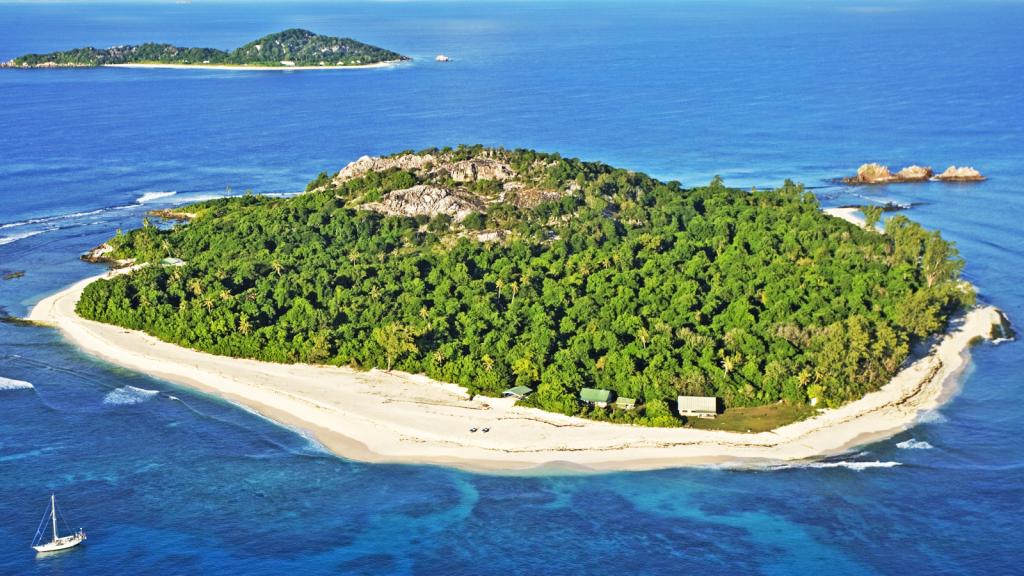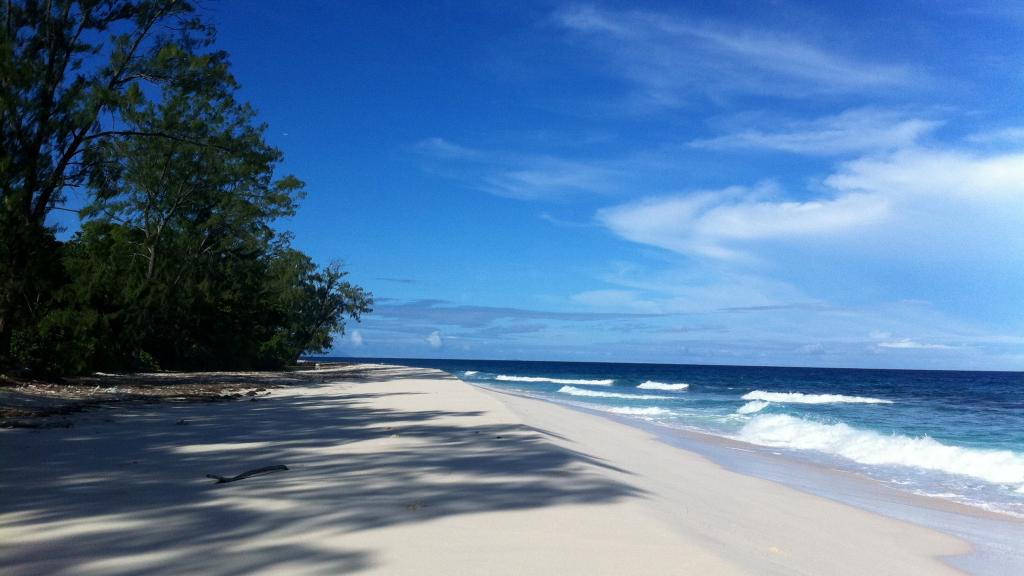Cousin
Cousin: A Natural Paradise West of Praslin
2.5 km (1.5 miles) off the west coast of Praslin lies another island full of marine flora and endemic creatures. Besides Aride, this area is also home to Cousin, the most-protected island with the largest number of endemic plants and animals in the Seychelles.
The 29-hectare island, with a diameter of 300 metres, was purchased using donations in 1968 to save, above all, the Seychelles brush warbler and the toc toc. Nowadays, this habitat, owned by the independent environmental organisation Nature Seychelles protects the area, allowing it to comprehensively restore itself. The organisation collaborates with various travel agencies and hotels, who in turn organise guided multilingual tours. Often, Cousin, Cousine, and Curieuse can be visited on the same tour in one day. A guided tour of Cousin takes around 90 minutes, where a tour guide will take a group of interested travellers across the island, giving them extensive information about the flora and fauna that can be found there.

The reserve covers the land area, as well as the surrounding sea with a radius of up to 400 metres from the shore. About 300,000 birds, some giant tortoises who've inhabited the island for 100 years, as well as a small number of birdwatchers live on the island too. The fact that the animals are allowed to live undisturbed and without any negative impact caused by the locals is the reason that you can get closer to tropical birds here than almost anywhere in the world. Toc tocs, sooty terns, fodies, and many other species can be seen here, and even watched breeding. Moreover, you will also find more geckos here than almost anywhere in the world.
Thanks to the watchful eye of the conservation efforts, the island has also become one of the most important nesting sites for the endangered hawksbill turtle. They come to the beach each season up to six times in two-week intervals, and then stay for three years. Through tracking the animals, it has become clear that they only return to the beach where they themselves were born to hatch their own offspring. Any disturbances to their habitat would, therefore, have serious consequences.

To get to the island you must take a small boat from your anchored ship, followed by an adventurous landing where you approach the beach at full speed. By visiting the island, tourists bring around €500,000 each year, which goes straight into protective environmental measures. In terms of ecotourism, there are some rules that should be followed. Bathing, smoking, and picnicking are not allowed on Cousin, nor is the collection of eggs, shellfish etc. When taking photos, please don't use tripods, short-range lenses, or flash. It also goes without saying that you should not leave trails, interfere with any animals, or leave behind waste of any kind.







